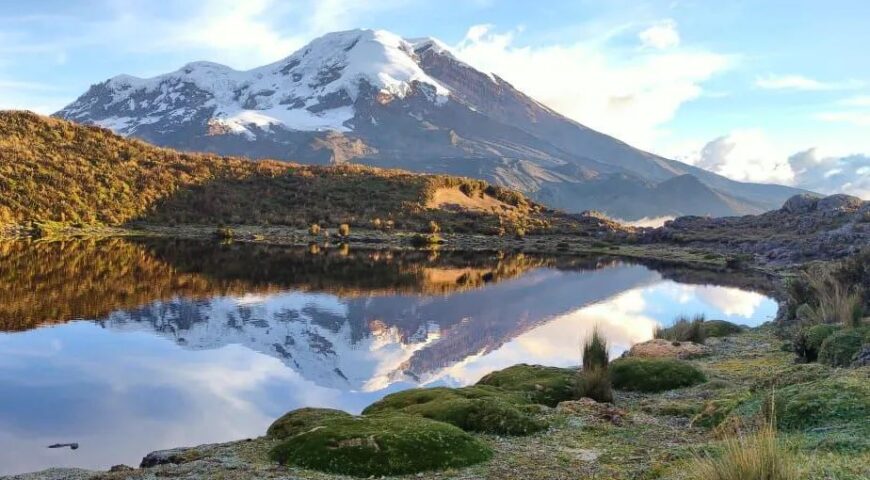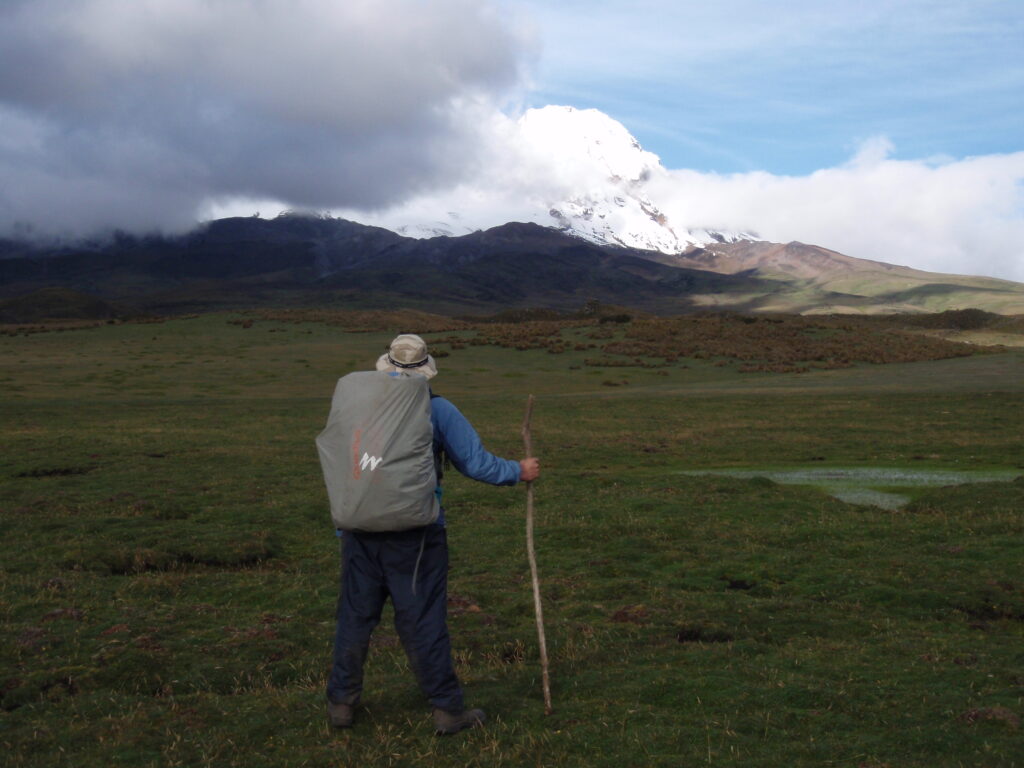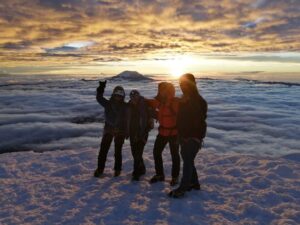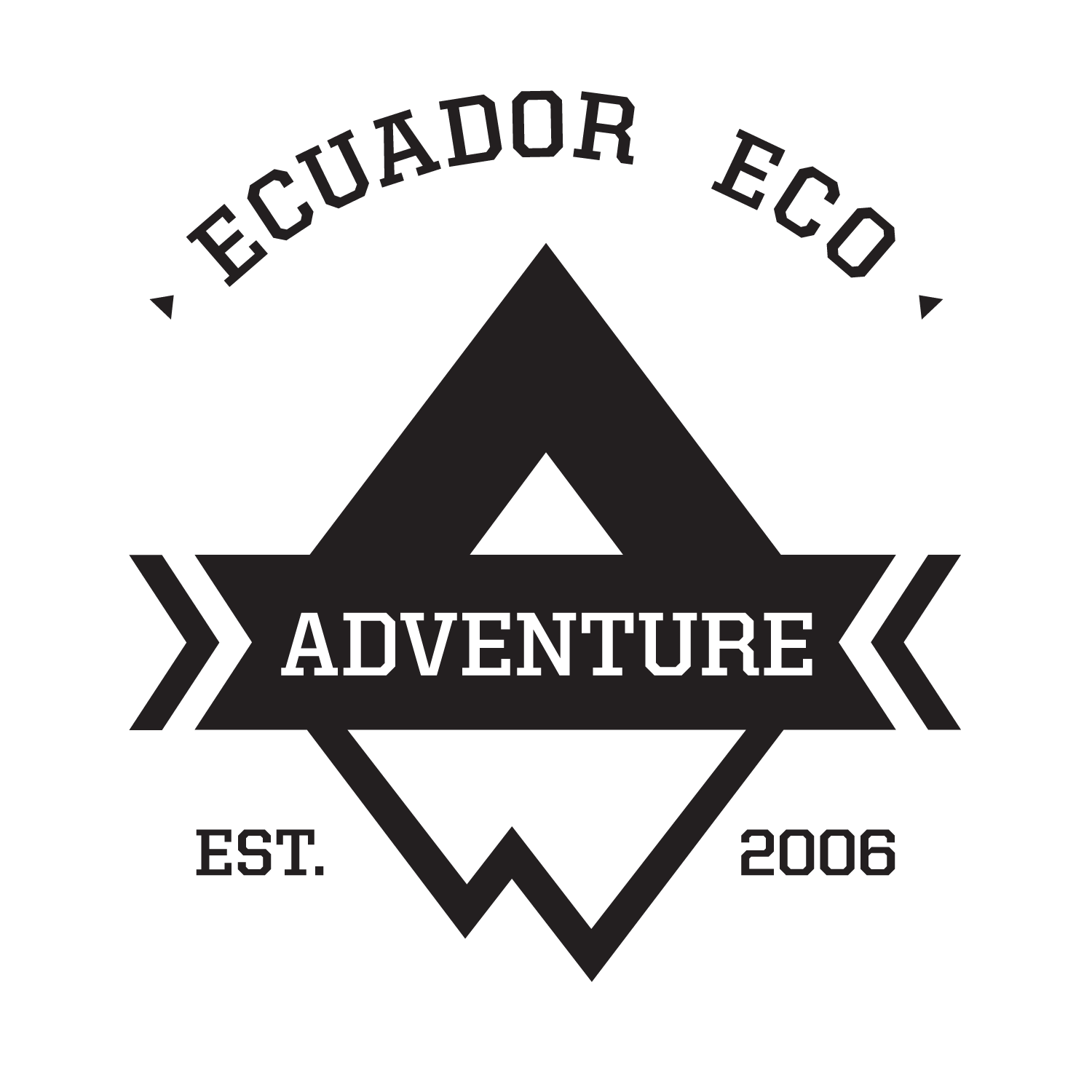
5 Tips to Keep You Safe While Trekking in Ecuador
5 Tips to Keep You Safe While Trekking in Ecuador
With such a diverse offering of hiking, Ecuador is a nature lover’s paradise. Even the most experienced hikers will find the Andes’ high altitudes or the vast Amazon rainforest challenging.
Wondering how you can prepare for a hiking trip to Ecuador? Below are five tips for making your next Ecuador trek as safe as possible.
1. Acclimatize
First on the list might be the most crucial safety tip for hiking in Ecuador. Hikers shouldn’t plan strenuous hikes on the first few days, especially if they don’t live at altitude. The body will need at least a few days to get used to the high altitudes.
When you land in Quito, you arrive at 9,300 feet (2,850 meters) above sea level. With that as the starting point, hikers can expect trails in the Andes to reach over 15,000 feet (4,572 m). Most hikers can become used to the Quito altitude in a few days. But anybody can have a hard time acclimating to heights over 12,000 feet (3,567 m).
If you plan on trekking to these heights, hydration becomes key. As the sun becomes brighter and the air thinner, your body must work harder. Plan to consume a gallon (4 liters) of water daily to help your body accommodate.
Bringing an oxygen canister is a solid backup plan for alleviating altitude sickness. The canisters have proven effective for minor symptoms such as lightheadedness and nausea. You can purchase them in Quito.
2. Map Out a Safe Route
Many of the most famous trails in Ecuador, such as the Inca Trail or Cotopaxi Volcano, need many days to complete. To safely complete a trek of this scale, extensive planning is required. Hikers need a clear route established before departing.
Keep a map on hand or download the route on your phone when traveling in remote areas without cell service. Plenty of popular trails have maps available for download. It only requires a bit of research.
Once you have your route, use trekking poles for added safety and stability. This is especially important for long, steep hikes. With trekking poles, you can lessen the burden of traversing unstable terrain.
When mapping out your hike, always check the weather. With such drastic altitude differences, Ecuadorian weather becomes more unpredictable. Know if thunderstorms, snow, or bright sun are in the forecast. It will make for a safer, more enjoyable hike.

3. Dress Appropriately
Whether you’re hiking at altitude or in the rainforest, appropriate clothing is essential.
Layering is the name of the game everywhere in Ecuador. At altitude, you might get all four seasons in a day, and any comfortable hike will need options.
The higher you get, the closer you are to the sun. These more powerful rays make sunburn and sun poisoning a greater risk.
Bring a big hat and sunglasses to avoid any solar sickness. Sun rays will hit you from above and below as you trek to the snow-capped peaks; this is when most hikers fall ill.
Down in the Amazon, opt for light pants and long-sleeved shirts. Leave less exposed skin for bugs and mosquitos to find. The sun does not get less intense down in the jungle, either.
4. Use Satellite Locators
Cell service will not be a guarantee at any point on your hikes. Plenty of Ecuador’s best hikes will take you hours from any town, let alone medical care.
Having a satellite locator is a form of emergency insurance for your hike. You hope you never have to use it, but it could save your life if you did have to.
Bringing a portable charger for your locator is a solid idea as well. These portable chargers are the size of a big pen and slot into any pack.
Hazards when hiking in Ecuador include slips, falls, animal bites, and dangerous weather. Having a satellite locator on your person helps ensure accidents don’t become disasters.
5. Practice Leaving No Trace
The varying landscape of Ecuador presents so many opportunities to view wildlife. With care and some luck, hikers can see species only found here.
When encountering wildlife, observe from a safe distance. If disturbed, always give them a wide buffer to flee. Rocks and branches found in the rainforest can be home to snakes and other critters. If left unbothered, they will cause you no harm.
There may be situations where you need to move branches and rocks for your safety. Approach them with caution and leave them close by. You never know what the rock you turn is hiding.
Another essential principle to practice while trekking in Ecuador regards your food. On overnight hikes, food must be stored properly to avoid potentially dangerous animals.
Note: Get a Guide
 Last but definitely not least, hire a guide for your trip!
Last but definitely not least, hire a guide for your trip!
Not only does a guide ensure your safety during the trek, but they can also organize the best route. This can save you lots of time figuring things out yourself. Hiring a guide is especially recommended for first-time trekkers in Ecuador.
With a guide, you can save yourself the anxiety and enjoy the trip knowing you’re in good hands. Moreover, a certified guide is familiar with the terrain, weather, and wildlife.
Guides are knowledgeable and reliable, so there’s always something worth learning from them, be it stories or more tips. Plus, they can tour you around the local sights and introduce you to other activities you might be interested in.
If you’re having trouble finding a travel buddy, a guide can also be a great friend during your trip.
Conclusion
Prioritizing your safety and well-being is the key to an enjoyable hike in Ecuador. Take the first few days of trekking slowly and steadily. As you get used to the altitude, remember to hydrate regularly.
Knowing is half the battle – or journey, in this case. It’s essential to map your route and prepare the right trekking equipment. Always bring satellite locators, trekking poles, and a handy map to ensure a safe trip.
Check the weather forecast and plan your trip on clear skies. But always stay on alert; Ecuadorian weather can change at any time!
To stay protected, wear proper trekking attire. Long sleeves, light pants, big hats, and sunglasses are your safest bet against the heat.
Upon encountering wildlife, practice caution and keep your distance. As much as possible, avoid bothering possible habitats and leaving your food unattended.
Finally, don’t forget to enjoy yourself! Because once you’ve ensured your own safety, all that’s left to do is bask in the beauty of Ecuador.
General Manager and Founder. National guide and wildlife expert, photographer of wildlife, and afficionado of history. Wlady is a proud Ecuadorian who went to highschool in New Zealand and started of Ecuador Eco Adventure after meeting his Aussie mate Jake while studying ecotourism at uni. Ask us about how to climb Cotopaxi and Climbing Chimborazo as well as Trekking in Ecuador and Yasuni Amazon Tours.

